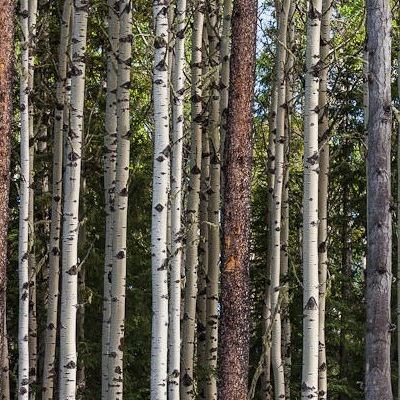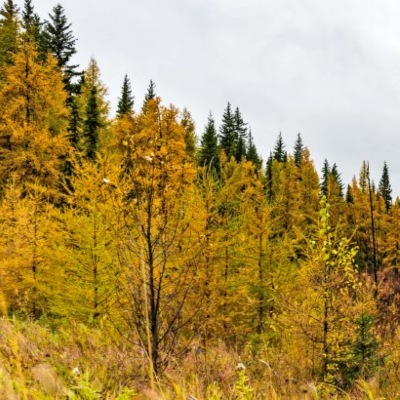NORBORD INC. Status of Land Cover and Biodiversity in Norbord Inc.'s Operating Areas
Status assessment of human footprint, species, and habitat
Our Report at a Glance
This report describes the status of human footprint, species, and habitat in Norbord Inc.'s two main operating areas located in northwestern Alberta. This information establishes baseline conditions for several indicators of land cover and biodiversity which can be used to measure long-term forest health.
Explore by Category
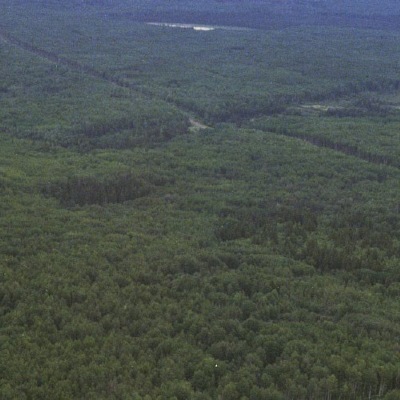
2 Human Footprint & Land Cover
Summary of land cover indicators including human footprint, vegetation cover, and interior native habitat.
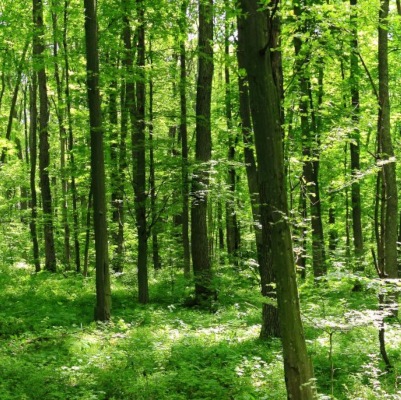
3 Biodiversity
Summary of overall biodiversity as measured by the Biodiversity Intactness Index, along with occurrence of species at risk. Summary of the effects of different types of landbase change on habitat elements also included.
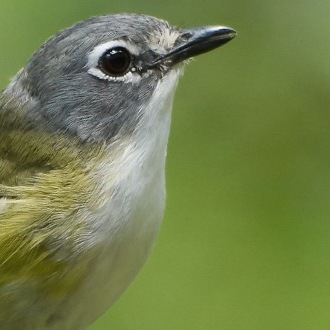
4 Status of Birds
Assessment of the status of birds associated with old deciduous and mixedwood forests as well as the impacts of different industrial sectors on these species. Also presented: effects of different types of landbase change on bird relative abundance.
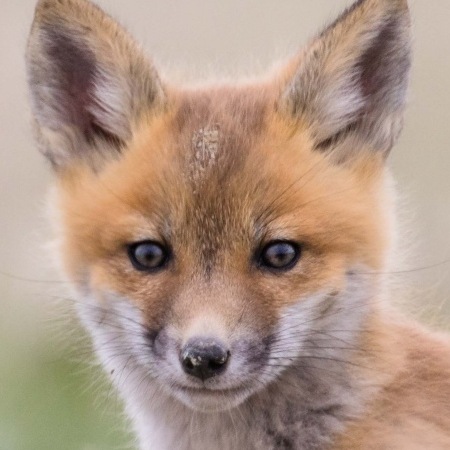
5 Status of Mammals
Assessment of the status of medium to large mammals as well as the impacts of different industrial sectors on these species. Species spotlights on Grizzly Bear and Moose.
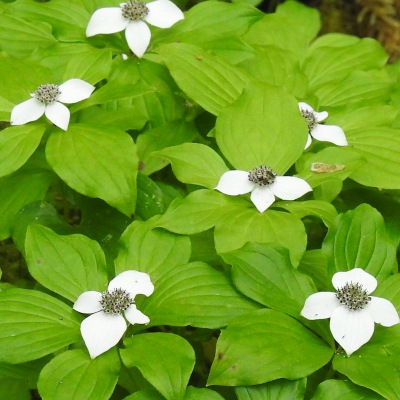
6 Status of Vascular Plants
Assessment of the status of vascular plants associated with old deciduous and mixedwood forests as well as the impacts of different industrial sectors on these species. Also presented, non-native plant species occurrence and richness.
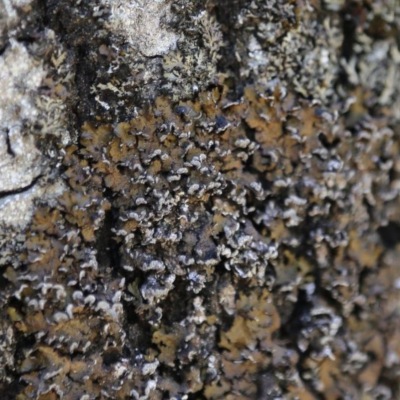
7 Status of Other Taxonomic Groups
Assessment of the impacts of human disturbance on mites, mosses, and lichens associated with old deciduous and mixedwood forests, as well as an assessment of the impacts of different industrial sectors at local and regional scales.


